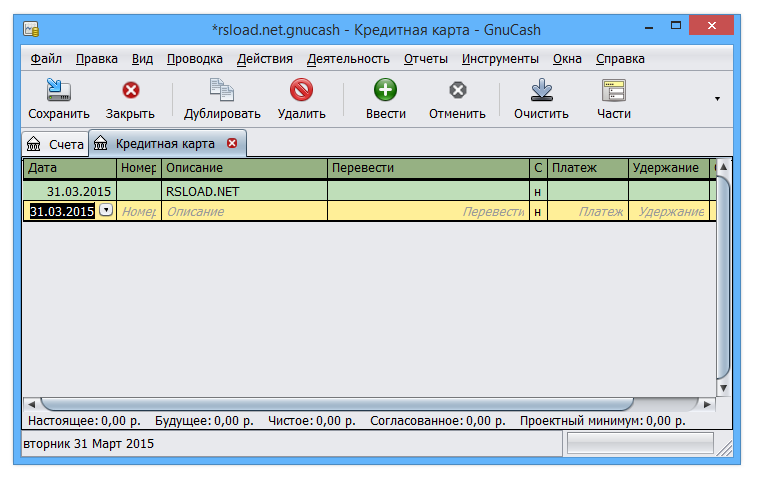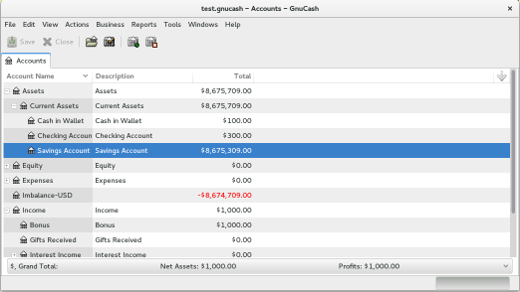

You will be asked for the MySQL root user’s name and password.
#Gnucash mysql install
Install MySQL Tuner from Ubuntu’s repositories. The longer the instance has been running, the better advice MySQL Tuner will give. Ideally, the MySQL instance should have been operating for at least 24 hours before running the tuner. MySQL Tuner is a Perl script that connects to a running instance of MySQL and provides configuration recommendations based on workload. sudo dpkg-reconfigure mysql-server-5.5ĭpkg will restart MySQL automatically and you’ll now be able to log in again using mysql -u root -p.

You will again be asked to set a root password. Use dpkg to re-run the configuration process MySQL goes through on first installation. If you forget your root MySQL password, it can be reset. use testdb Ĭreate table customers (customer_id INT NOT NULL AUTO_INCREMENT PRIMARY KEY, first_name TEXT, last_name TEXT) This creates a table with a customer ID field of the type INT for integer (auto-incremented for new records, used as the primary key), as well as two fields for storing the customer’s name. mysql -u testuser -pĬreate a sample table called customers. Grant all on testdb.* to 'testuser' identified by 'password' You can shorten this process by creating the user while assigning database permissions: create database testdb
#Gnucash mysql password
In the example below, testdb is the name of the database, testuser is the user, and password is the user’s password. Nowarning (\w) Don't show warnings after every statement.įor server side help, type 'help contents'

Warnings (\W) Show warnings after every statement. Might be needed for processing binlog with multi-byte charsets. Takes database name as argument.Ĭharset (\C) Switch to another charset. System (\!) Execute a system shell command.

Status (\s) Get status information from the server. Nopager (\n) Disable pager, print to stdout. NOTE: Takes the rest of the line as new delimiter.Įgo (\G) Send command to mysql server, display result vertically. Optional arguments are db and host.ĭelimiter (\d) Set statement delimiter. Note that all text commands must be first on line and end with ' 'Ĭonnect (\r) Reconnect to the server. You’ll then see: List of all MySQL commands: To generate a list of commands for the MySQL prompt, enter \h. You’ll then be presented with a welcome header and the MySQL prompt as shown below: mysql> To log in to MySQL as the root user: mysql -u root -p The MySQL client is used through a terminal. The standard tool for interacting with MySQL is the mysql client which installs with the mysql-server package. You can read more about the script in the MySQL Reference Manual. It is recommended that you answer yes to these options. You will be given the choice to change the MySQL root password, remove anonymous user accounts, disable root logins outside of localhost, and remove test databases. Run the mysql_secure_installation script to address several security concerns in a default MySQL installation. If you decide to bind MySQL to your public IP, you should implement firewall rules that only allow connections from specific IP addresses. Allowing unrestricted access to MySQL on a public IP not advised, but you may change the address it listens on by modifying the bind-address parameter in /etc/my.cnf.


 0 kommentar(er)
0 kommentar(er)
